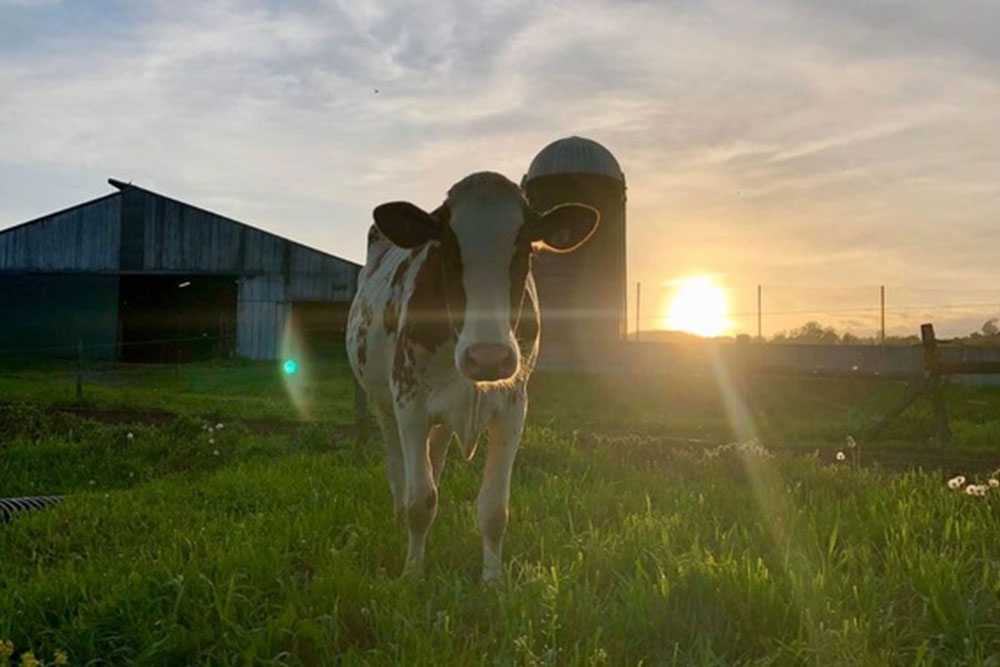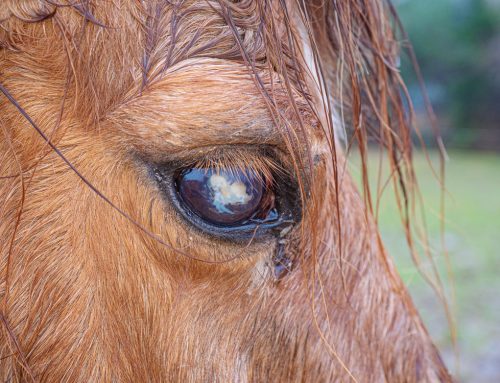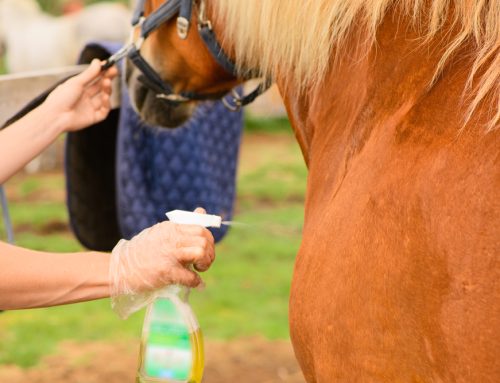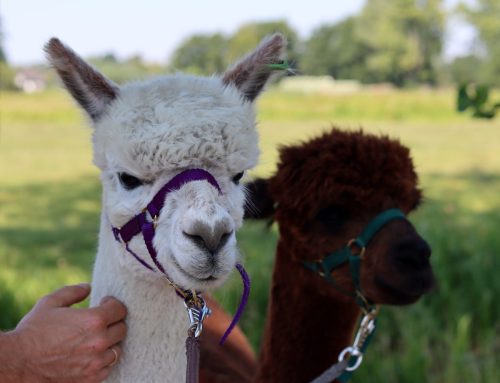Dairy farms have been a cornerstone of agricultural communities for generations, providing milk, cheese, and other dairy products that are staples in many households. However, in recent years, there has been a noticeable decline in the number of dairy farms. This shift has raised concerns and questions about the future of the dairy industry. Let’s explore the factors contributing to this decline and its implications.
Market Consolidation
The dairy industry has seen significant consolidation, with larger farms growing even more substantial and smaller farms being unable to compete. This consolidation leads to fewer, but larger, dairy operations. Large-scale farms can produce milk more efficiently and at a lower cost per unit, which often results in smaller farms being unable to stay financially viable.
Technological Advancements
Advancements in dairy farming technology have both positive and negative effects. On one hand, they have improved productivity and animal health, allowing farmers to manage larger herds with fewer resources. On the other hand, these advancements require significant capital investment, which can be a barrier for smaller farms. As a result, farms that cannot afford these technologies may struggle to remain competitive and ultimately close.
Regulatory Challenges
Dairy farmers face a complex web of regulations related to environmental protection, animal welfare, and food safety. While these regulations are crucial for ensuring the sustainability and ethical operation of farms, they can also add to the operational burden. Compliance requires time, effort, and financial resources, which can be particularly challenging for smaller farms.
Changing Consumer Preferences
Consumer preferences are shifting, with a growing demand for plant-based alternatives to dairy products. While dairy remains a staple in many diets, the increasing popularity of almond milk, soy milk, oat milk, and other alternatives has impacted the traditional dairy market. This trend forces dairy farmers to adapt to changing market demands, which can be difficult for those deeply invested in conventional dairy production.
Environmental Concerns
Environmental sustainability is becoming an increasingly important issue in agriculture. Dairy farming, like all forms of livestock production, has a significant environmental footprint, including greenhouse gas emissions and water usage. As society becomes more environmentally conscious, dairy farmers are under pressure to adopt more sustainable practices. Transitioning to these practices can be costly and complex, contributing to the decline in the number of farms.
Generational Shifts
The younger generation is showing less interest in taking over family farms, leading to a decline in dairy farm numbers. Farming is a demanding profession that requires a significant time commitment, often with relatively low financial returns. Many young people are choosing careers in urban areas with more stable income prospects and lifestyle benefits.
Economic Pressures
One of the primary reasons for the reduction in dairy farms is economic pressure. The cost of operating a dairy farm has increased significantly due to rising feed prices, trucking costs, equipment, and labor costs. At the same time, milk prices have not kept pace with these rising costs, squeezing farmers’ profit margins. Small and medium-sized farms, in particular, struggle to compete with larger, more industrialized operations that benefit from economies of scale.
The Future of Dairy Farming
Despite these challenges, the future of dairy farming is not entirely bleak. There are opportunities for innovation and adaptation that can help the industry thrive. Sustainable farming practices, value-added products, and niche markets (such as organic or local dairy) offer potential pathways for farmers to remain viable. Additionally, there is growing support for small and medium-sized farms through cooperative models, direct-to-consumer sales, and government programs aimed at supporting agricultural diversity.
Conclusion
The decline in the number of dairy farms is a complex issue driven by economic pressures, market consolidation, technological advancements, regulatory challenges, changing consumer preferences, environmental concerns, and generational shifts. While the landscape of dairy farming is undoubtedly changing, there is room for optimism. By embracing innovation and sustainability, dairy farmers can continue to play a crucial role in our agricultural communities and food systems. At Leatherstocking Veterinary Services, we remain committed to supporting our local dairy farmers through these transitions, ensuring the health and welfare of their herds and the sustainability of their operations.







Leave A Comment